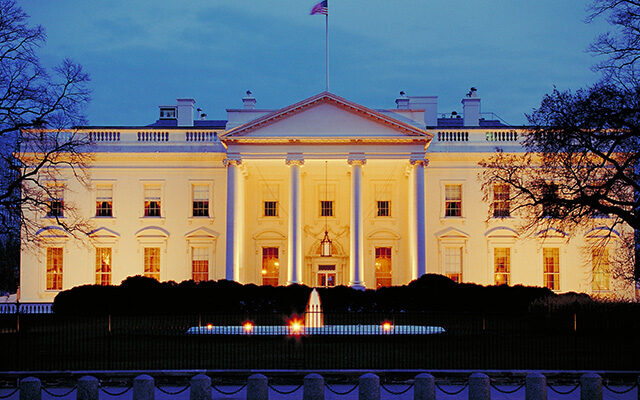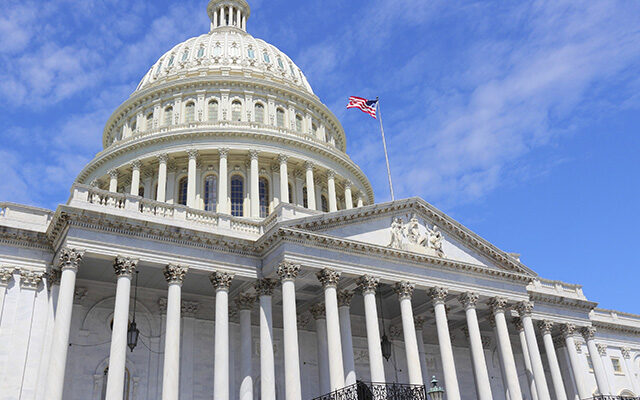What’s Next for Congress?
In the weeks leading up to the recent midterm elections, we brought you stories about the Senate races across the country where Republicans had a chance at winning and regaining a majority in the Senate. The Republicans were ultimately successful and now have a majority in both the House of Representatives and the Senate, thereby gaining control of Congress as a whole.
The Great Compromise and Balance of Power
During the Constitutional Convention, a gathering of our Founding Fathers in 1787 designed to address and propose solutions for issues facing the new country, an agreement called the “Great Compromise” was created. This agreement laid out a plan for how the individual states in the U.S. would be represented in the national government. There were two plans proposed. One plan, called the New Jersey Plan by historians, gave each state an equal number of votes. An alternative now known as the Virginia Plan assigned the total number of votes according to the population of the state.
The “compromise” came from merging aspects of each plan, which resulted in the formation of the Senate and the House of Representatives. The Senate embodies the New Jersey plan’s goal of equal representation because each state is awarded two senators. The number of congressional representatives in the House of Representatives, however, is reflected by each tenth year Census population data. This satisfies the main goal of the Virginia Plan.
Together, these two chambers make up the Legislative branch of government. The fundamental function of Congress is to create laws (but it can also declare war, confirm presidential appointments, and impeach federal officials).
Our two-party political system creates significant challenges for agreeing upon and enacting legislation. Republicans tend to believe in a limited government and are skeptical of social, political, and economic solutions driven by the federal government. Democrats, on the other hand, generally argue that the federal government has the resources and the “reach” to guide and oversee programs that can benefit all Americans by creating opportunity for everyone. This ideological divide can stall legislation that requires the approval of both legislative chambers as well as the president.
A Government Divided
Having a divided government (where the president represents one political party and the majority of one or both chamber of Congress represents another) is hardly an unusual occurrence in United States history. For example, the relationship between President Bill Clinton, a Democrat and House Speaker and Republican Party leader Newt Gingrich was considered intense in the mid 1990s. However, the two parties did manage to pass Welfare Reform legislation as well as the 1997 Bipartisan Budget Agreement.
In the 1980s, Republican President Ronald Regan and Democrat Tip O’Neil often clashed over the proper goals of the federal government. Washington D.C. was forced to shut down seven times due to gridlock and an inability of the parties to pass necessary legislation. But the ultimate compromises from both political groups eventually showed how those with ideological differences can find ways to work together for the good of the country.
Senator Mitch McConnell of Kentucky, the presumed Senate Majority Leader, made a statement saying that he and President Obama must work together on the issues that face the United States. According to Vice President Joe Biden, the president is “ready to compromise.” Like any president, he wants to finish off his term on a strong note and create a memorable legacy.
Voter Dissatisfaction
Despite a strong start in 2009, President Obama has experienced decreasing approval ratings from the general public. Many believe this is a reflection of a deep dissatisfaction with politicians in general as both parties received low ratings.





